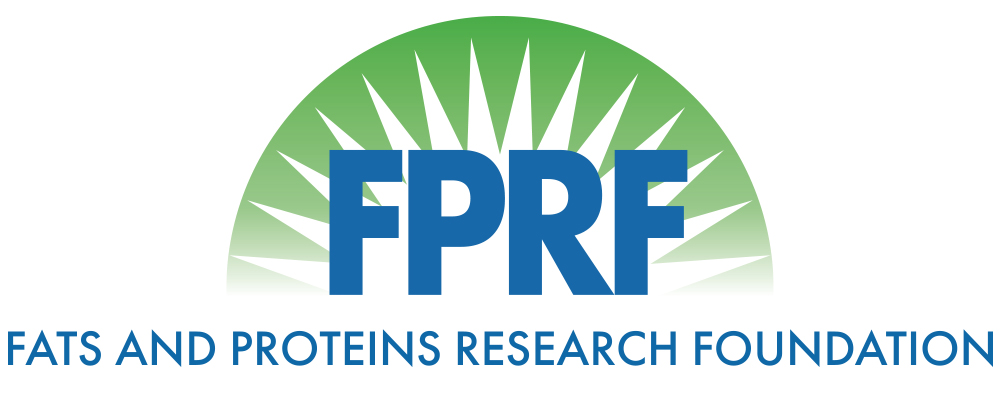Determine the Location and Influence of Physical Characteristics on Salmonella in Poultry Fat Intended for Pet Food Use
Title: Determine the Location and Influence of Physical Characteristics on Salmonella in Poultry Fat Intended for Pet Food Use
Principal Investigator: Jennifer Martin and Dale Woerner, Colorado State University
Keywords: : poultry fat, rendering, impurity, moisture, Salmonella, survival, food safety, microbiology, 2015, Martin, Woerner
Year: 2015
Objective: (i) Utilize fluorescently-tagged Salmonella to assess the distribution of Salmonella in a rendered fat matrix.
(ii) Assess the influence of post-inoculation time and moisture content on the distribution of fluorescently-tagged Salmonella in rendered poultry fat.
(iii) Assess the influence of post-inoculation time and physical parameters (i.e., impurity level and moisture content) on the survival of three Salmonella serotype strains in rendered poultry fat stored at 25˚C or 45˚C.
Lay Summary/Industry Summary: The purpose of this project was to enhance understanding of the distribution within and influence of physical and environmental parameters on populations of Salmonella within rendered poultry fat. Generation of this information can be utilized in the development of targeted interventions. Results from this study indicate that, overall, greater storage/incubation temperatures result in more lethality of Salmonella spp. within a poultry fat matrix. However, the rate of Salmonella death is influenced by strain and physical parameters (moisture content and impurity level). Equally, this study revealed that at a lower storage/incubation temperature, Salmonella spp. can persist in a poultry fat matrix. Overall, however, these data reiterate the importance of temperature/heat as a viable strategy for the elimination of Salmonella spp. in poultry fat.
Scientific Abstract: The aims of this study were to: (i) utilize fluorescently-tagged Salmonella to assess the distribution of Salmonella in a rendered fat matrix; (ii) assess the influence of post-inoculation time and moisture content on the distribution of fluorescently-tagged Salmonella in rendered poultry fat; and, (iii) assess the influence of post-inoculation time and physical parameters (i.e., impurity level and moisture content) on the survival of three Salmonella serotype strains in rendered poultry fat stored at 25˚C or 45˚C. Three studies, designated as Study I(a), I(b) and II were conducted to address the objectives outlined above. In Study I(a), a green fluorescent protein (GFP)-expressing strain of Salmonella Typhimurium was used to visually and microbiologically map the organism within warmed (45˚C) poultry fat formulations comprised of a low impurity level (0.2%) and three moisture contents (low: 0.5%; medium: 2.2%; high: 4.5%). In Study I(b), using the same fat formulations as in Study I(a), the survivability of the GFP-expressing Salmonella strain was compared in samples that were either stored at 25˚C or 45˚C. In Study II, the survivability of three Salmonella serotype (Enteritidis, Senftenberg, Typhimurium) strains was compared in fat formulations of two impurity levels (0.5%, 1.0%), three moisture contents (low: 0.5-0.7%; medium: 2.1-3.0%; high: 3.9-4.8%) and two temperatures (25˚C, 45˚C). Two replications were performed for Study I(a) and I(b), and three replications were performed for Study II. Surviving population of Salmonella Typhimurium and their location in a rendered fat matrix were achieved for each treatment combination (Study I). For Study I(b) and II, death/survival/growth curves were obtained and comparisons between time, temperature and moisture contents were made. Therefore, a better understanding of how certain physical (moisture, impurity) and environmental (temperature) characteristics on survival of Salmonella spp. in rendered poultry fat survival were achieved.
